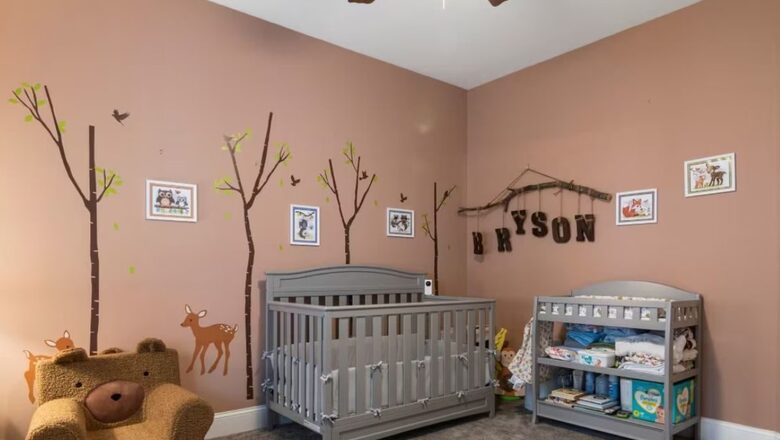
views
In today’s urban lifestyle, the child’s room has transformed into a multifunctional space for learning, play, rest, and development. This is due to the rise of nuclear families, apartment living, the lack of public spaces, coupled with an increased reliance on technology for learning and entertainment. The child’s room has taken on the role of a space for learning, play, rest, rejuvenation, and development.
Research shows that children perceive objects differently from adults – children don’t view furniture as functional items but as objects to be touched, experienced, and interacted with. “Children are naturally curious and see their environments as imaginary spaces by mentally assigning personas and characters. Encouraging this aspect of a child’s creativity enriches the formative years of your little one’s developmental journey. Therefore, choosing iconic pieces of furniture that help your child interact and express themselves is central to a child’s room design,” says Bikram Mittra, Head of Design, Smartsters.
One of the ways is by creating mini experiences within a child’s room, i.e. “room within a room”. This could be through play tents, jungle gyms, or reading nooks giving child a sense of fantasy and personalisation as well as making their room a collection of mini-environments.
Mittra adds, “Fitness is another neglected area for the urban child. Furniture that promotes “fitness through play” could include climbing walls, active play furniture, or even standing study desks. One can have Climber bunk bed which has a climbing wall that promotes muscular development all day, especially before bedtime. For younger children, the Castle Loft bed replicates a playground through a jungle gym and slide experience.”
Teaching children to self-organize and take responsibility for their possessions is an important life skill that can be honed at an early age. This can start at the study desk where reducing clutter by allowing quicker access to stationary and drawing tools promotes clarity of thought. “The Cubby desk which has cubbies at the rear of the desk level for children to quickly access and store their stationary and writing or drawing tools, thus allowing them to create mental maps for different categories of items. Clean-up time is swift as your child can easily re-organize these items in cubbies without the complexity of opening or closing boxes,” believes Mittra.
Gender neutrality is trending enabling children to think in an inclusive manner and promoting empathy as they mature into adults. Include products designed with themes that are universally and unbiased such as the hut-inspired Secret Den bed, jigsaw puzzle jigsaw-inspired Jigsaw chair.
Lastly, children need freedom of movement within their space and this means that furniture has to be safe and ergonomic to prevent injury. Children need products which is designed with soft corners and child-friendly materials to maximise physical interaction and be a “friend to your child” in their developmental journey.
















Comments
0 comment